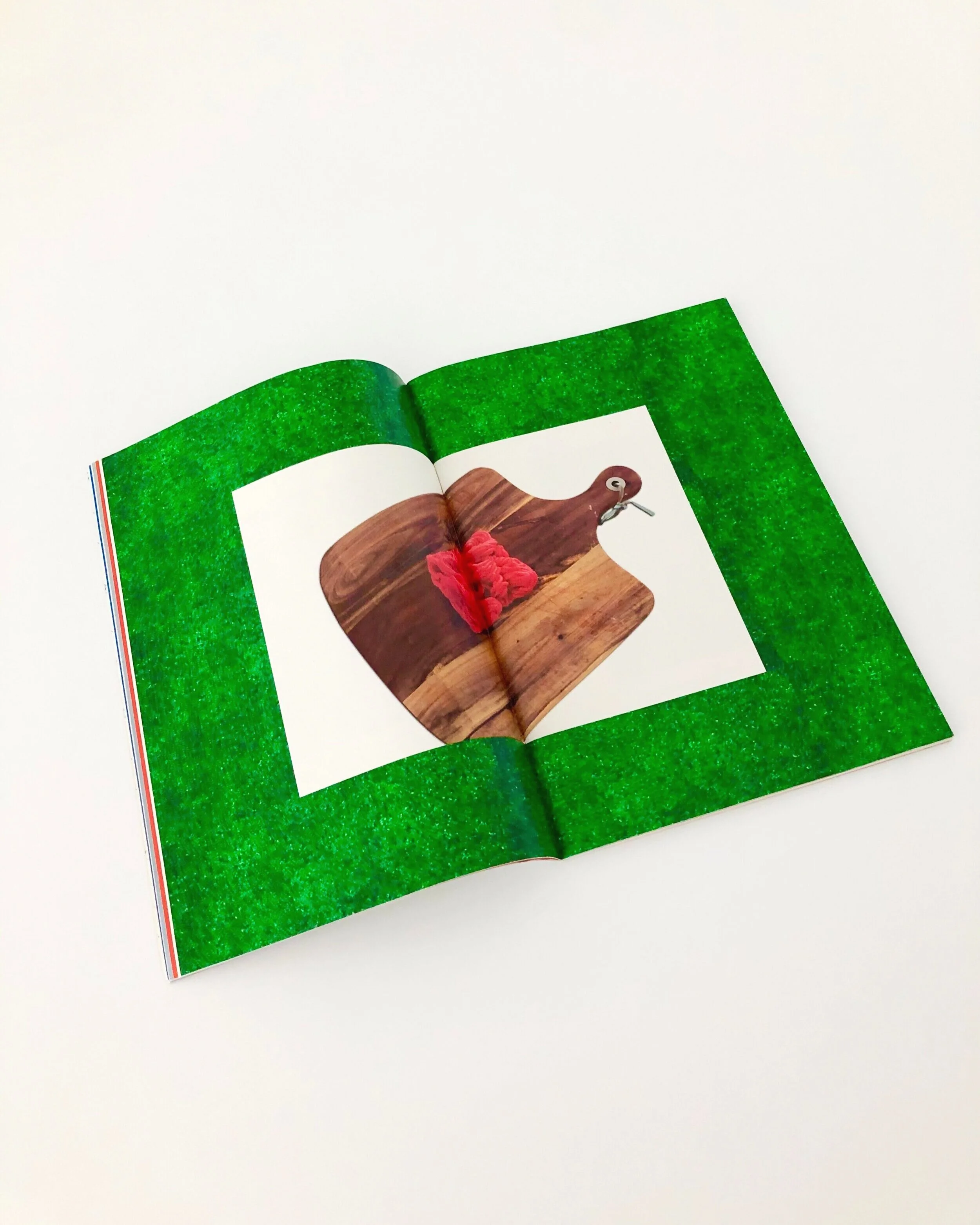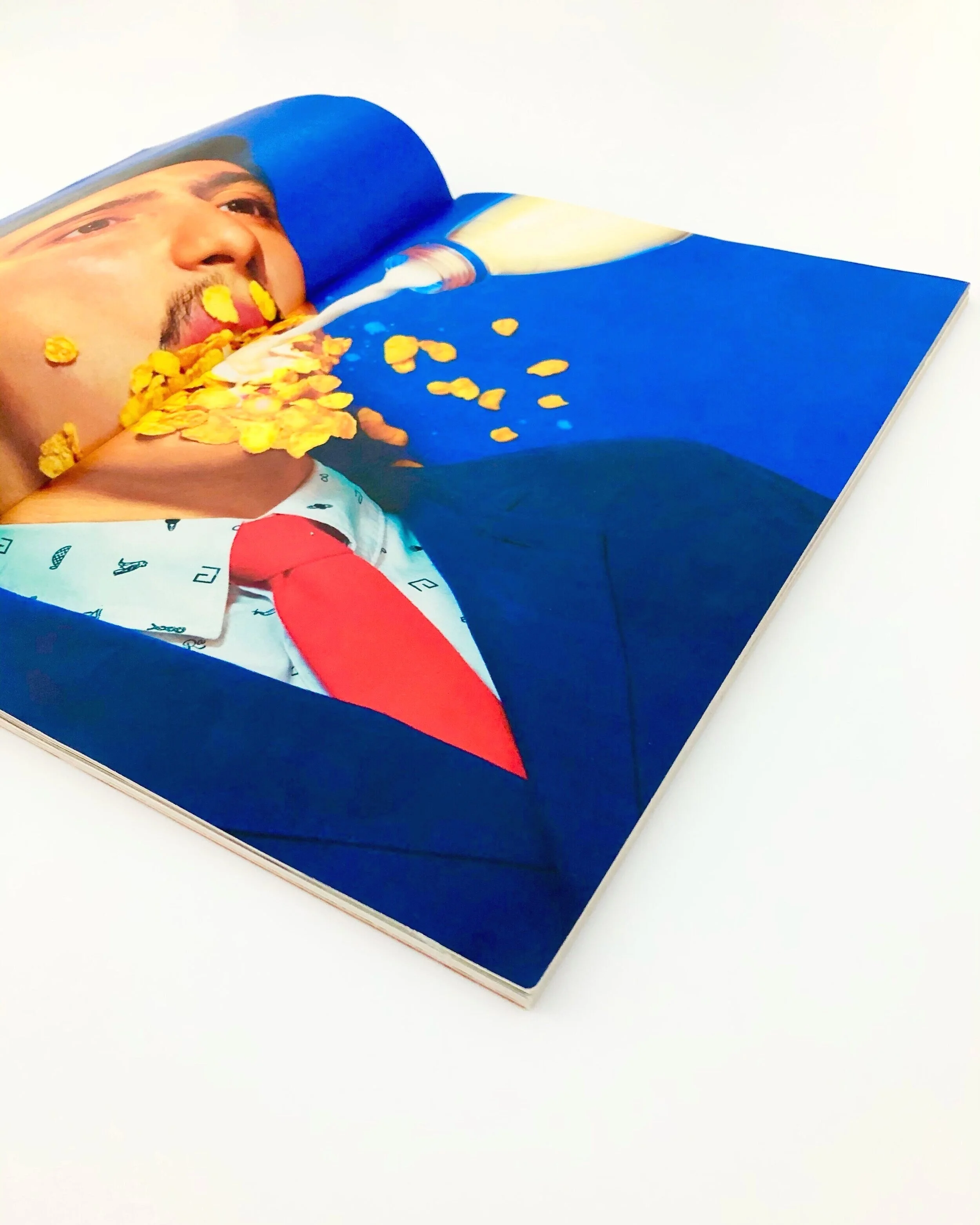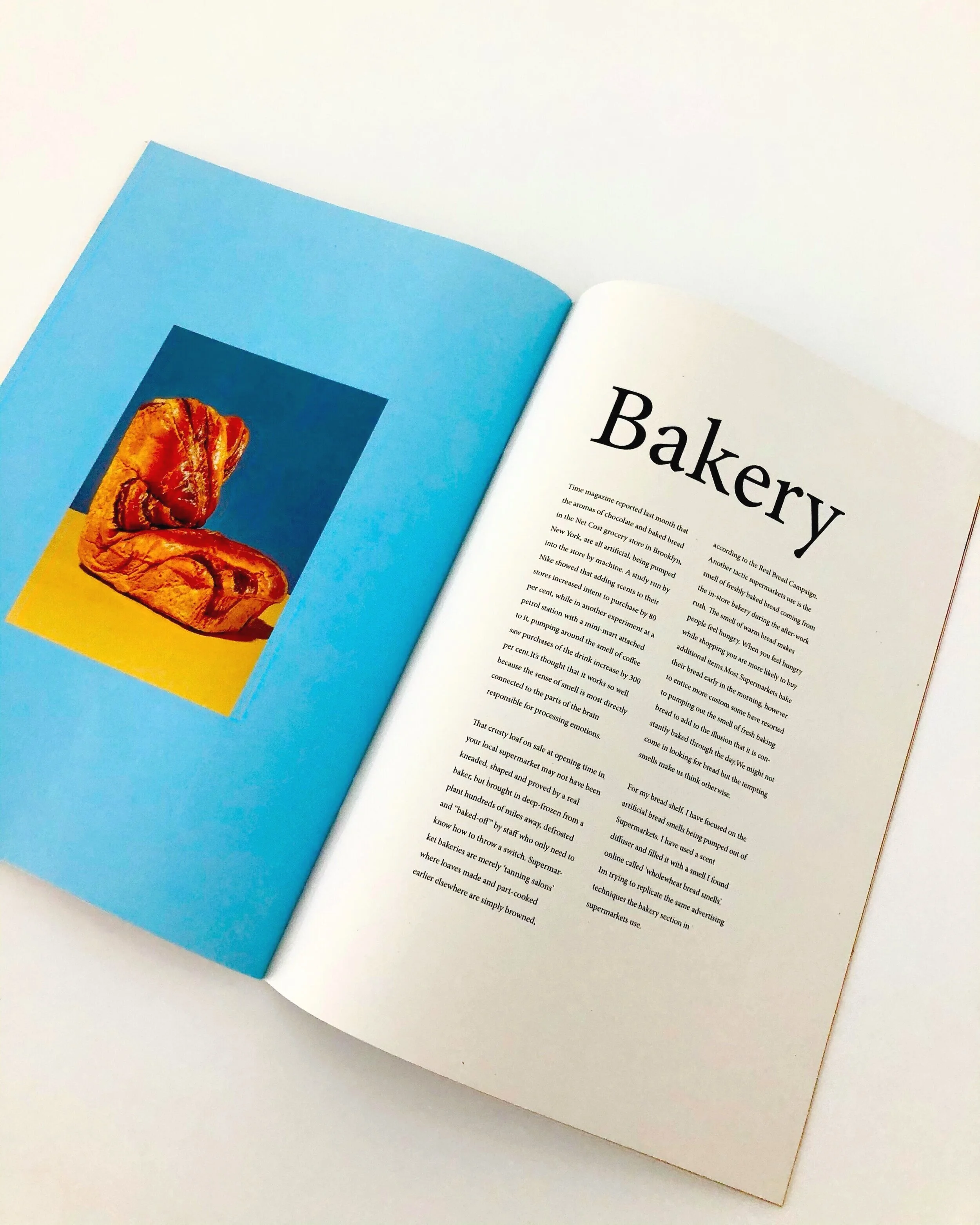Minimart - Research-Based Installation Project
Exhibited at ‘In Cahoots’, Brighton and London, 2018
Minimart is a research-led installation exploring how supermarket design influences our food choices and the wider impact on sustainability and consumer habits. The installation recreated a small convenience store, featuring everyday essentials like bread, meat, cereal, and fruit—each designed to highlight hidden industry tactics.
I developed a full sensory experience using sound, scent, and touch, alongside custom branding, packaging, and signage. Highlights included hand-sculpted square wax apples representing unrealistic cosmetic standards for fruit, and screen-printed produce bags with the message “you’ll be back.”
The project examined how idealised imagery and marketing create a false sense of trust, prompting viewers to reflect on their own consumption habits.
For more information on this project please contact.
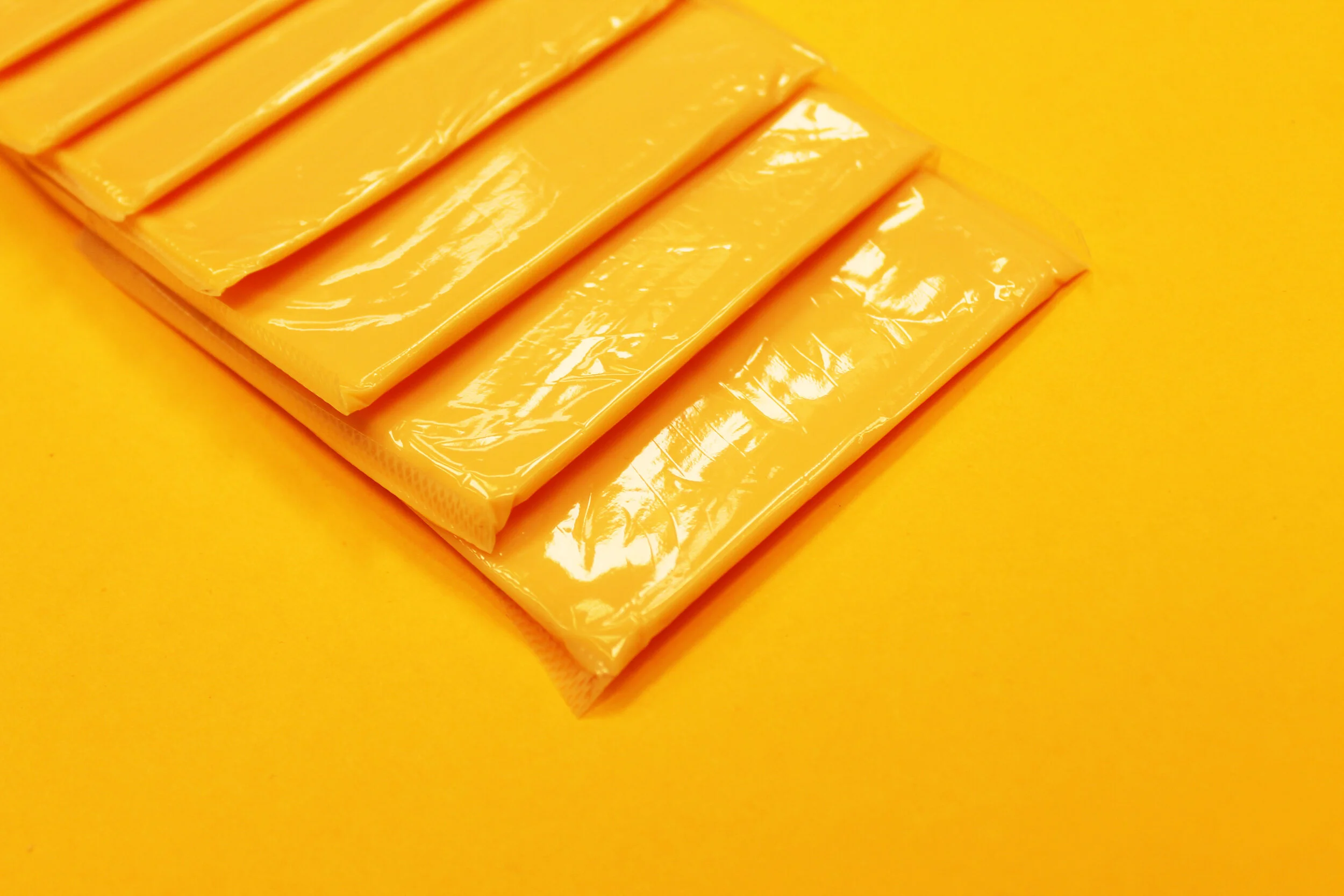
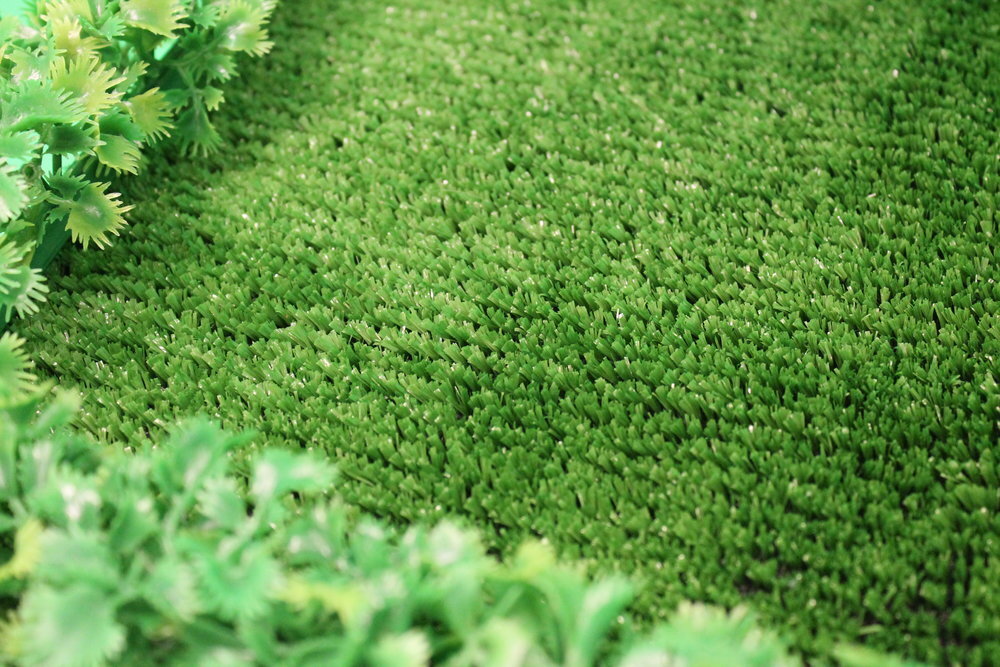
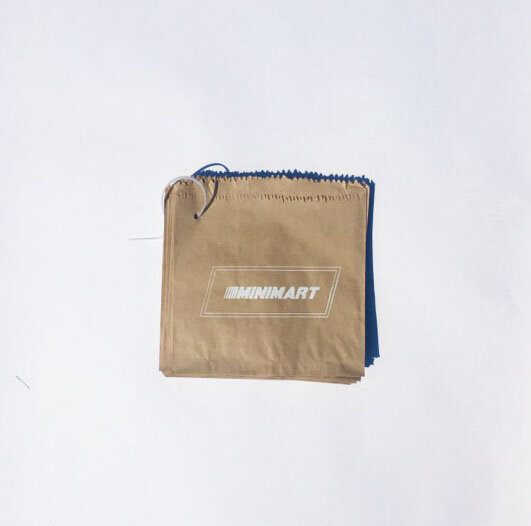
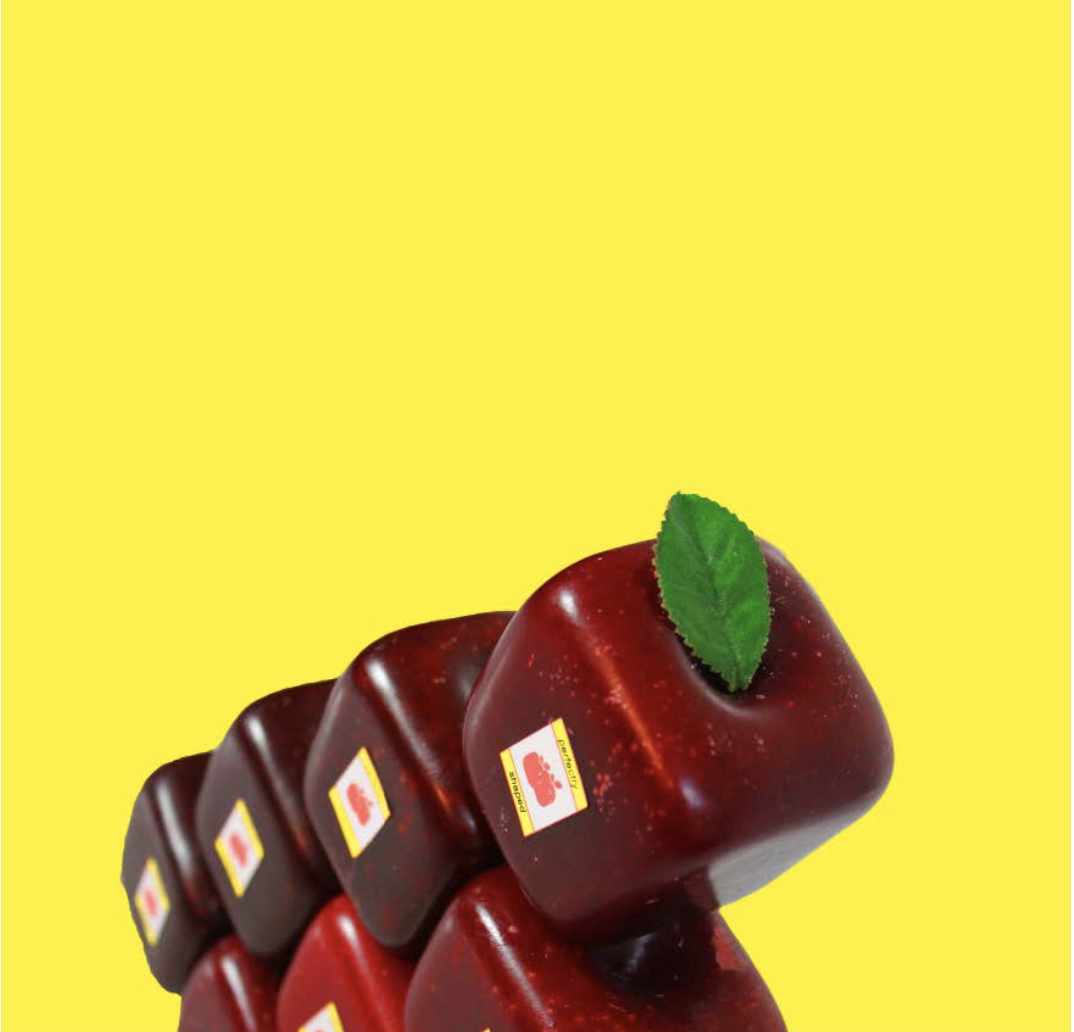
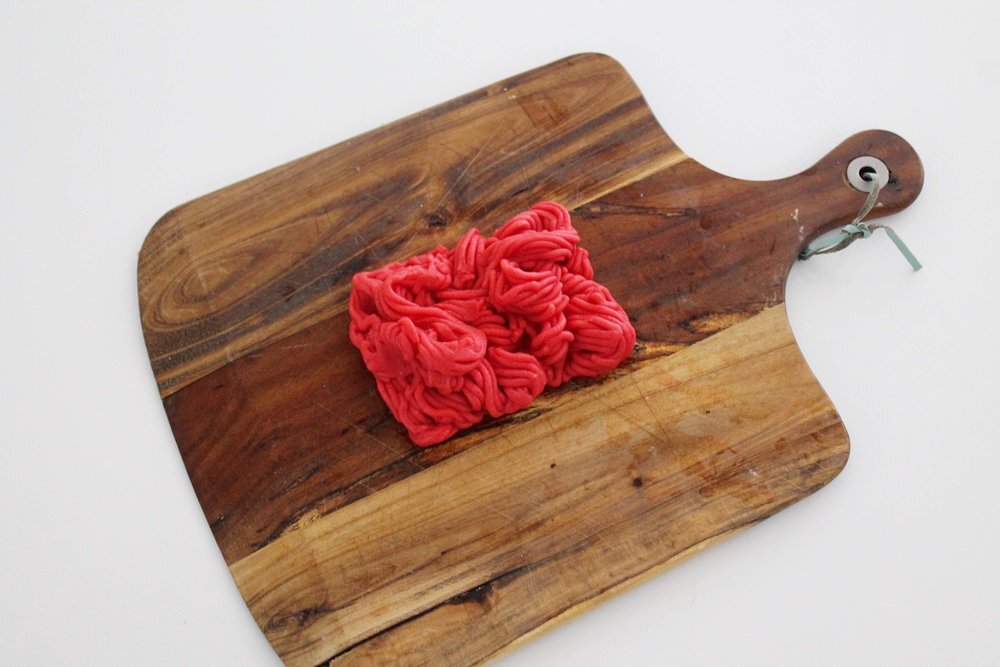
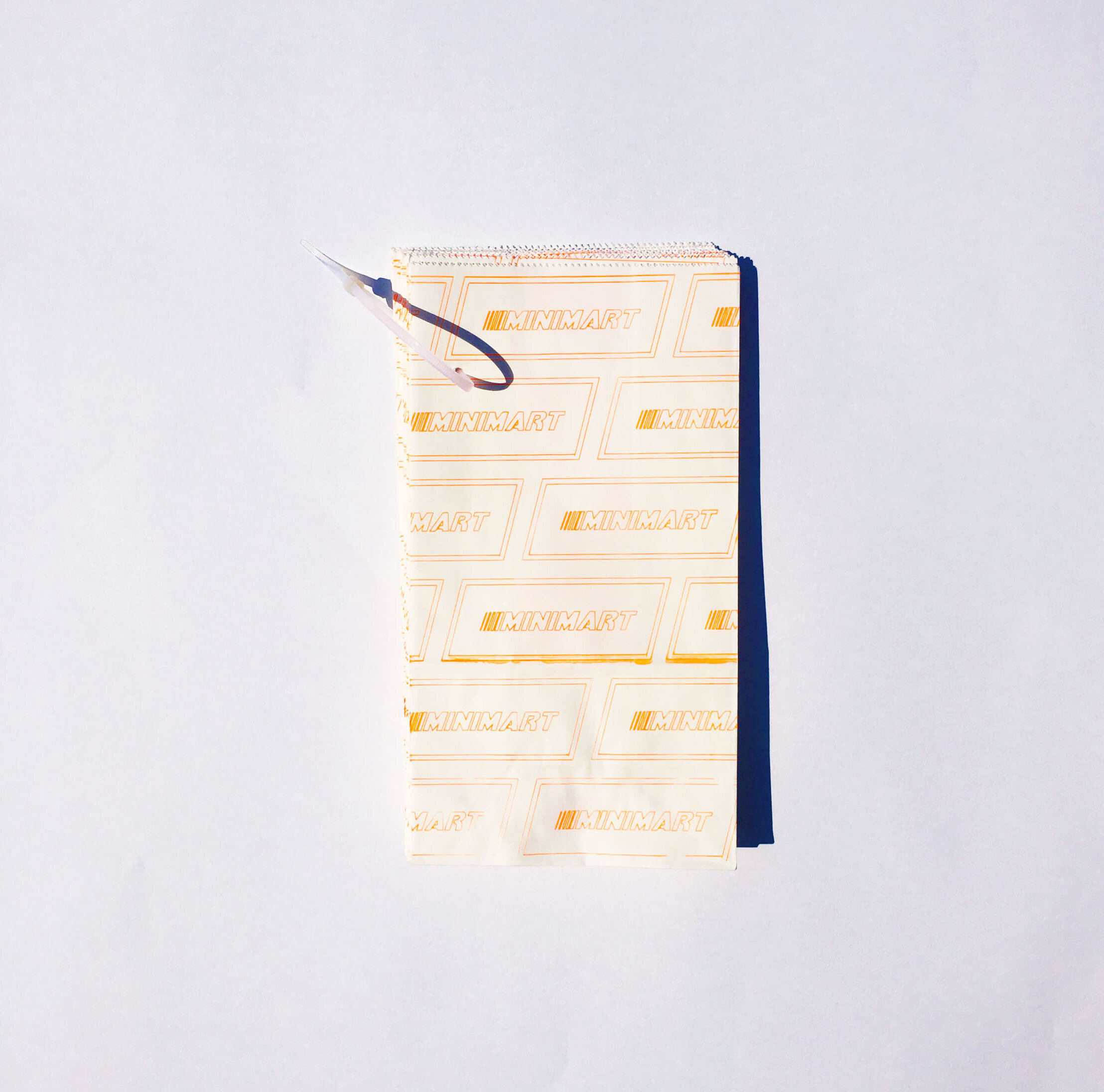
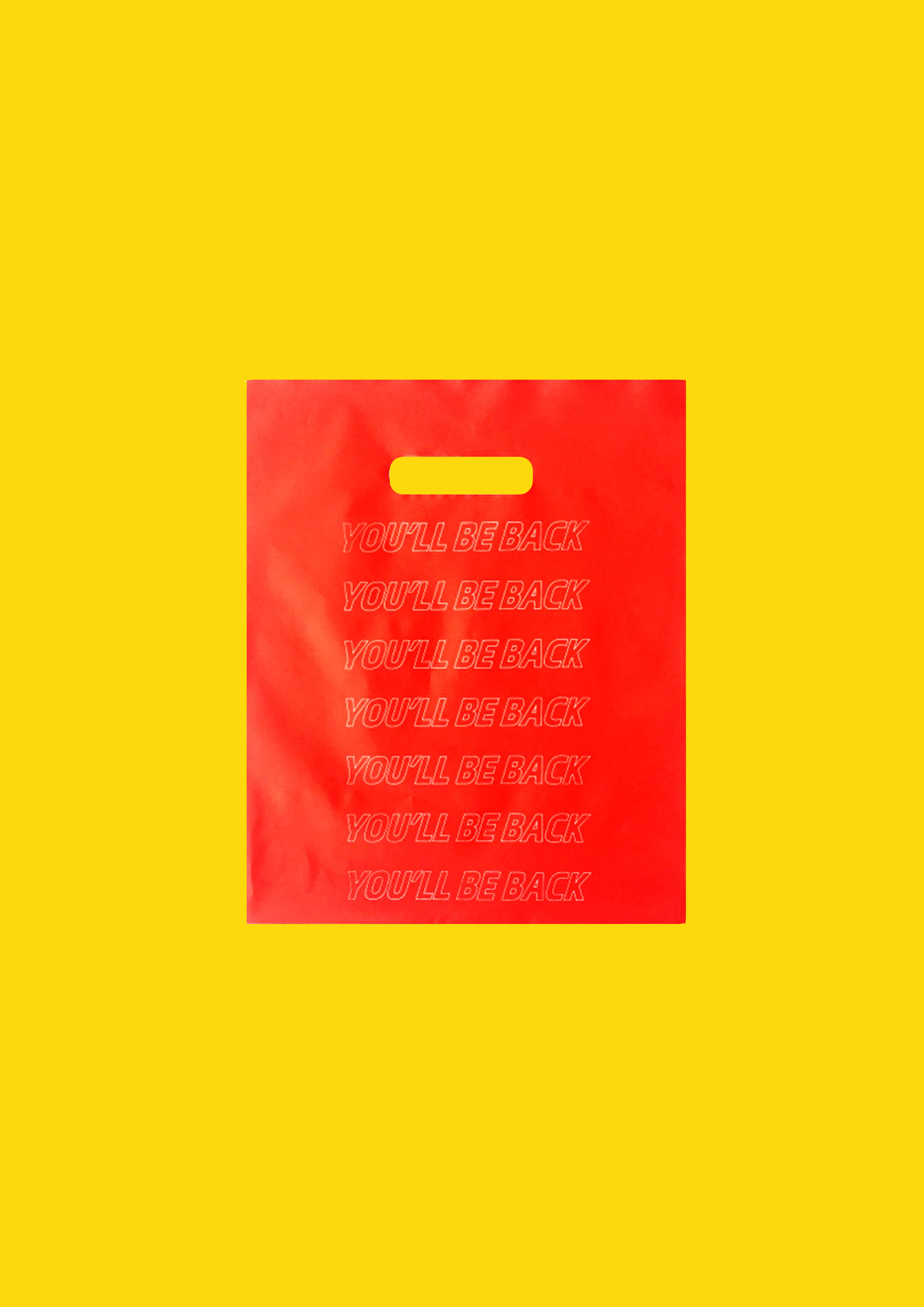
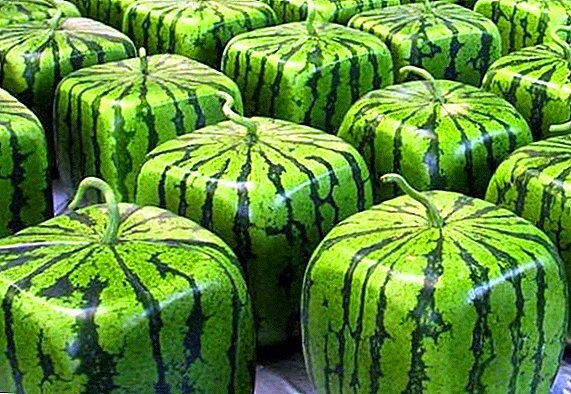
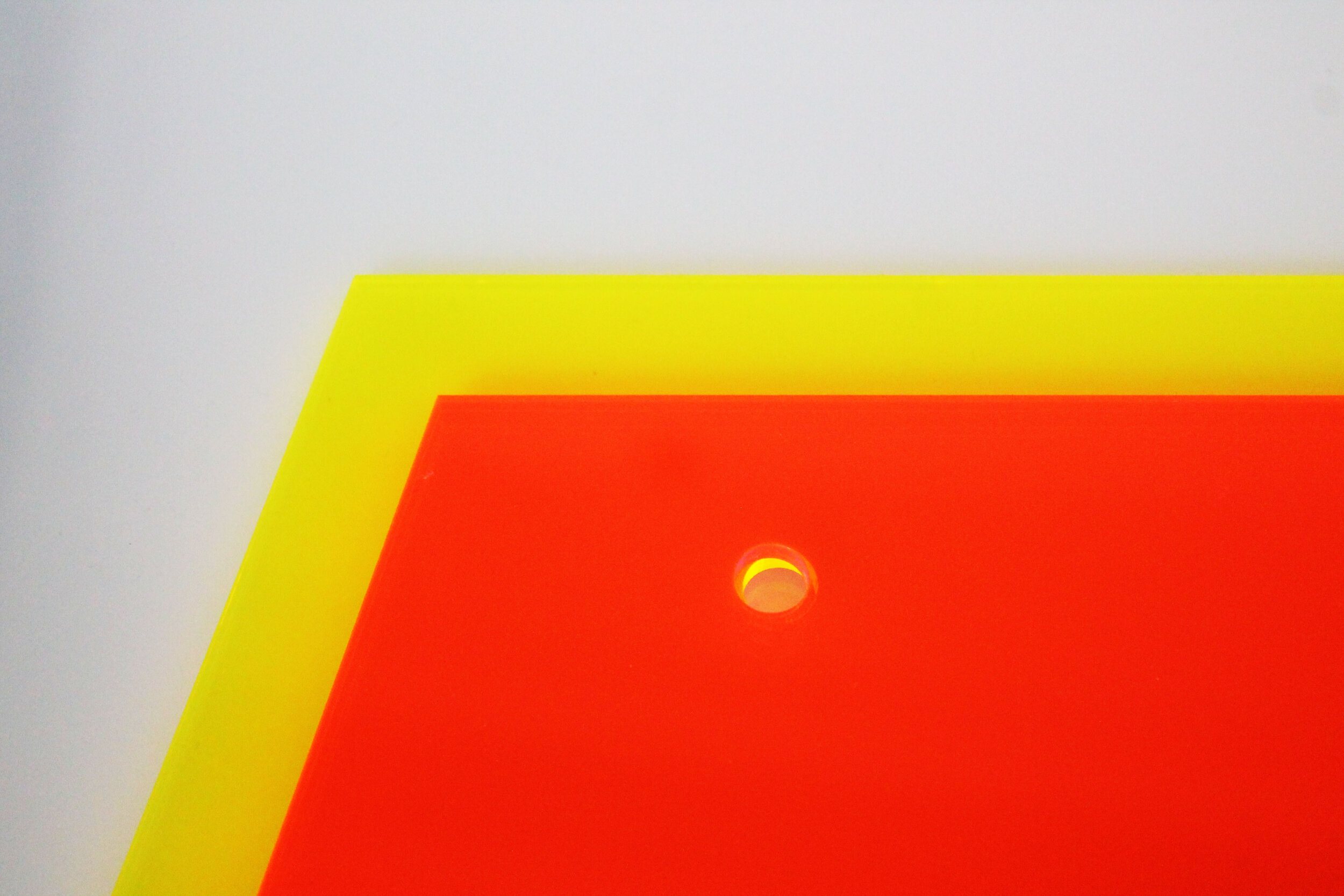
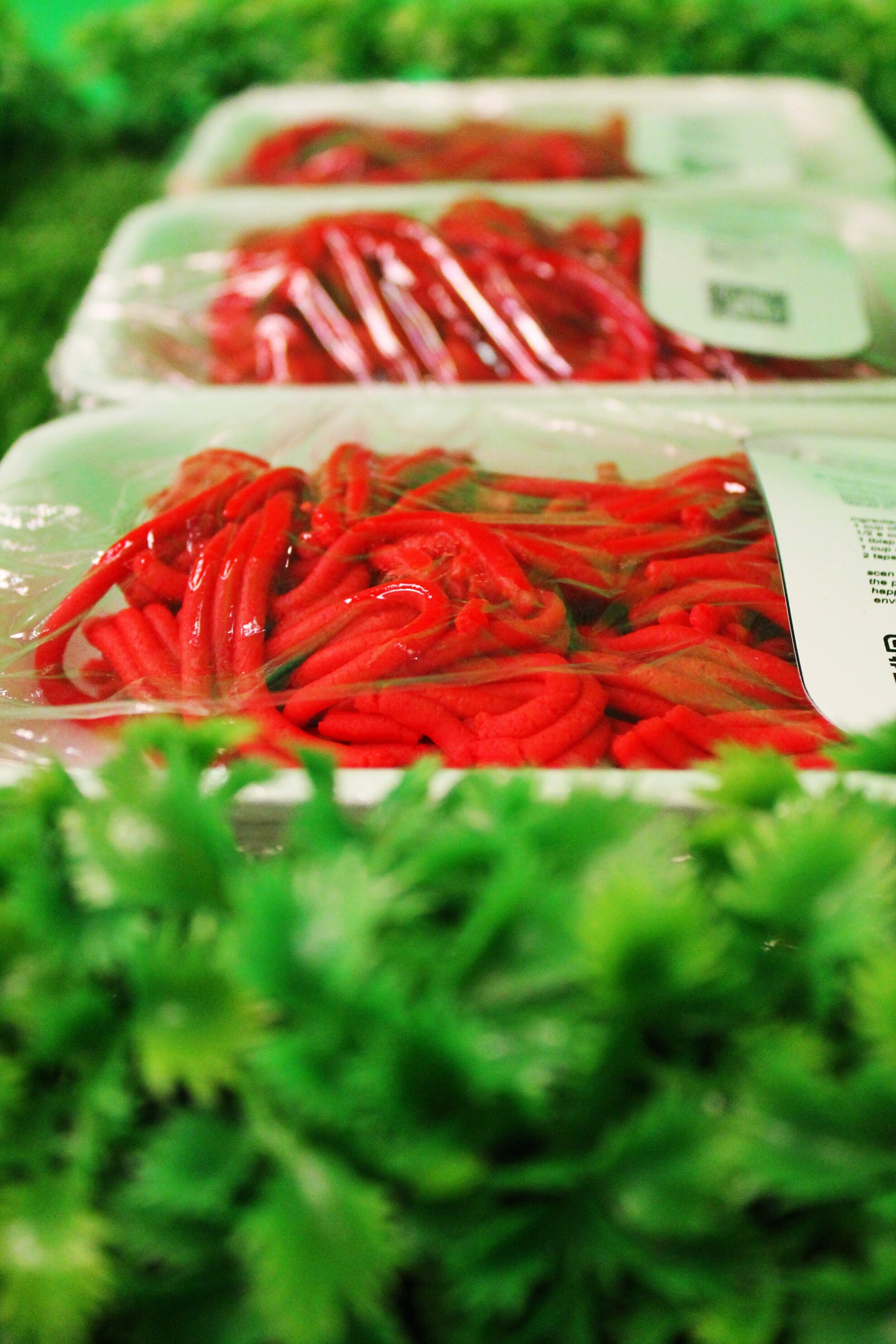
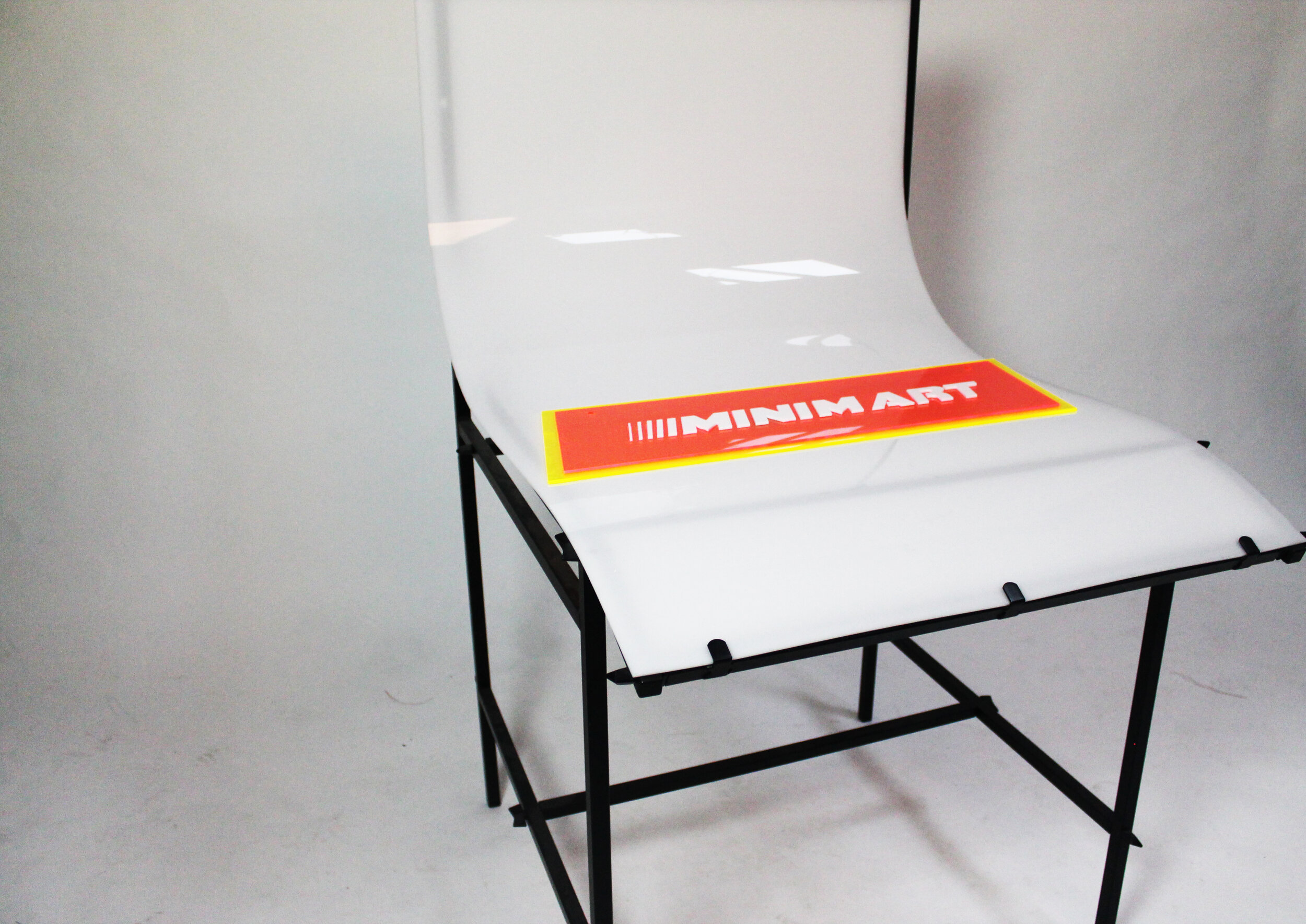
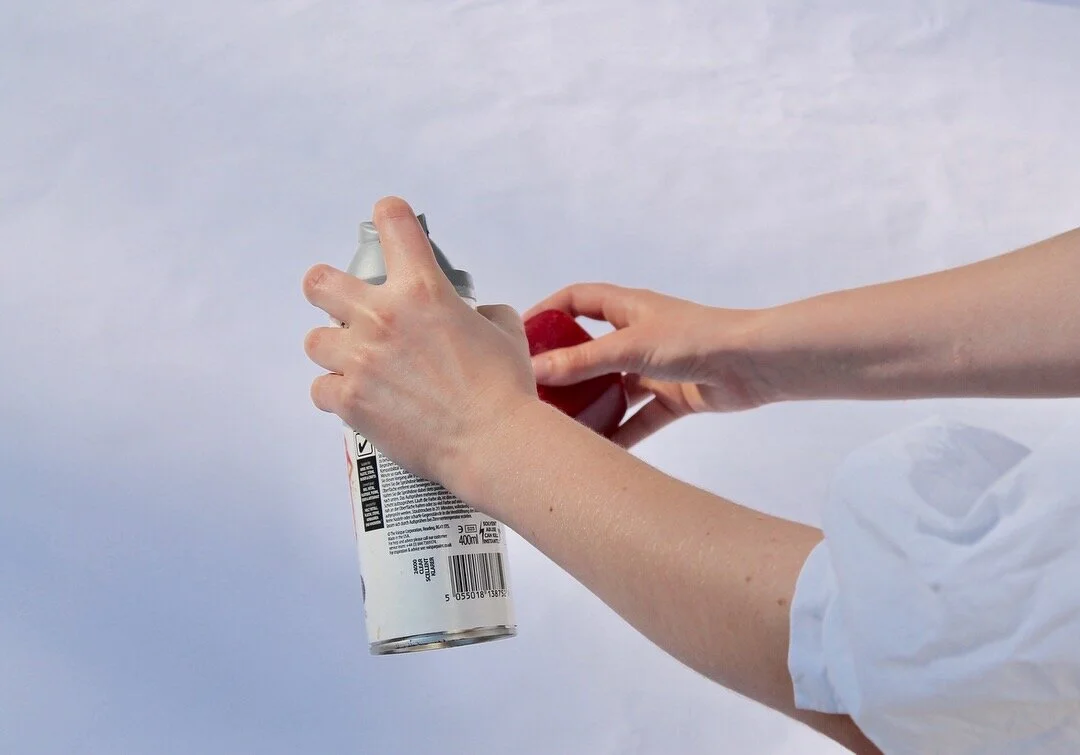
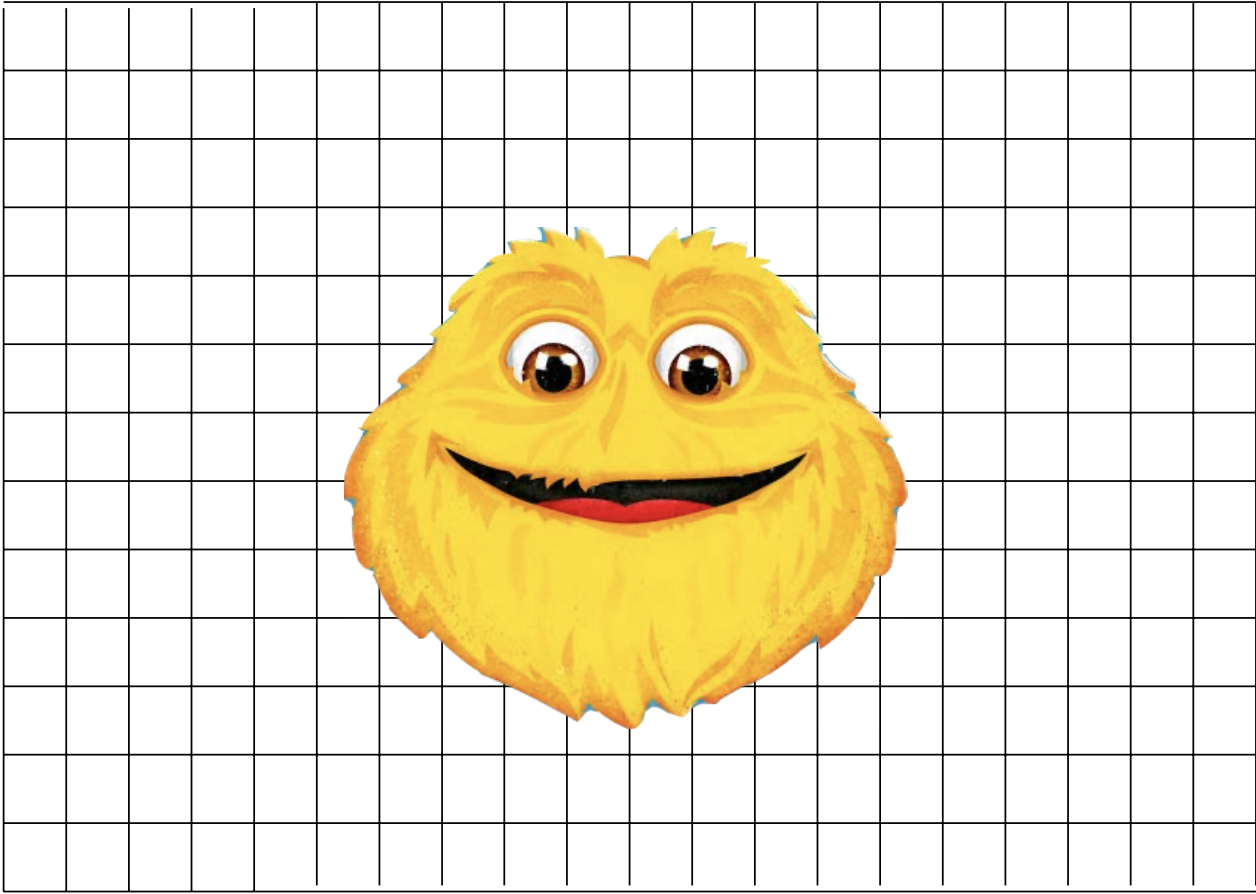

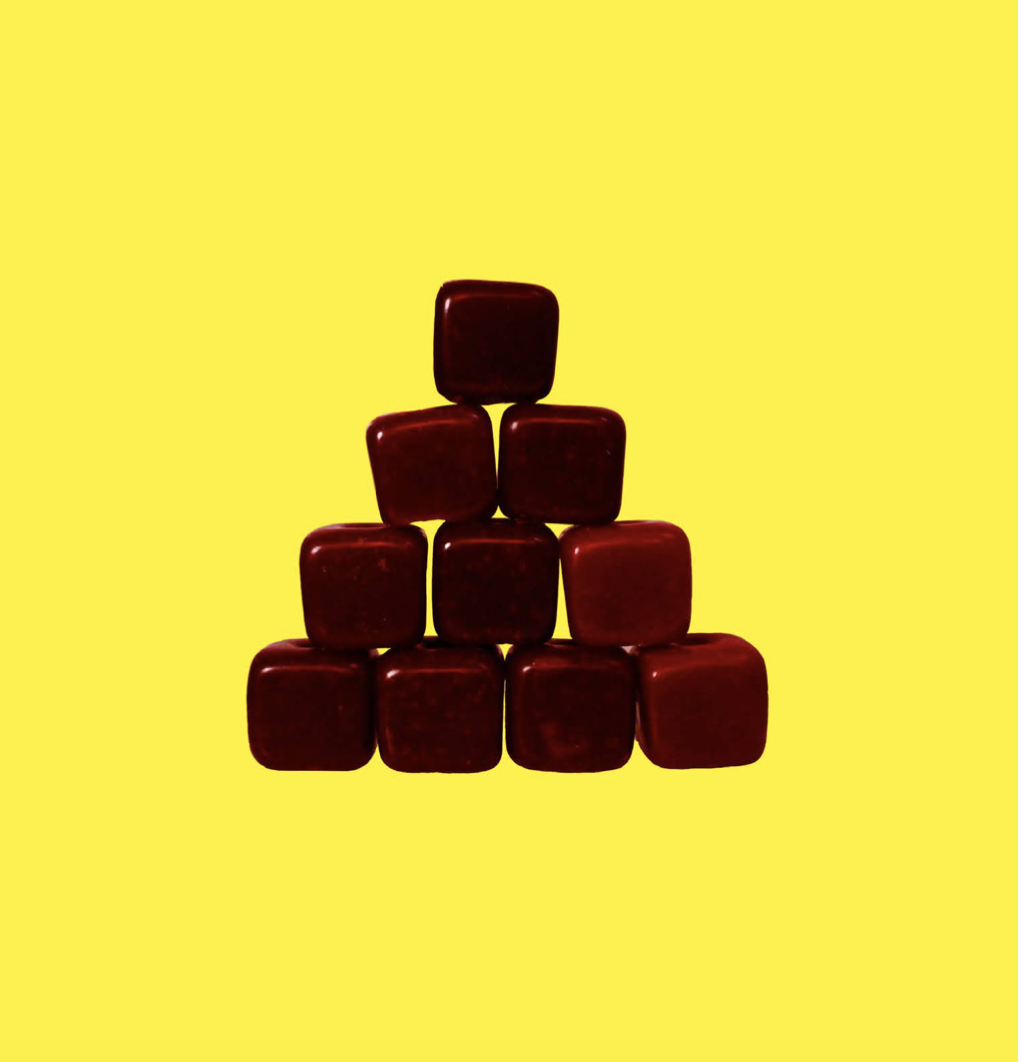
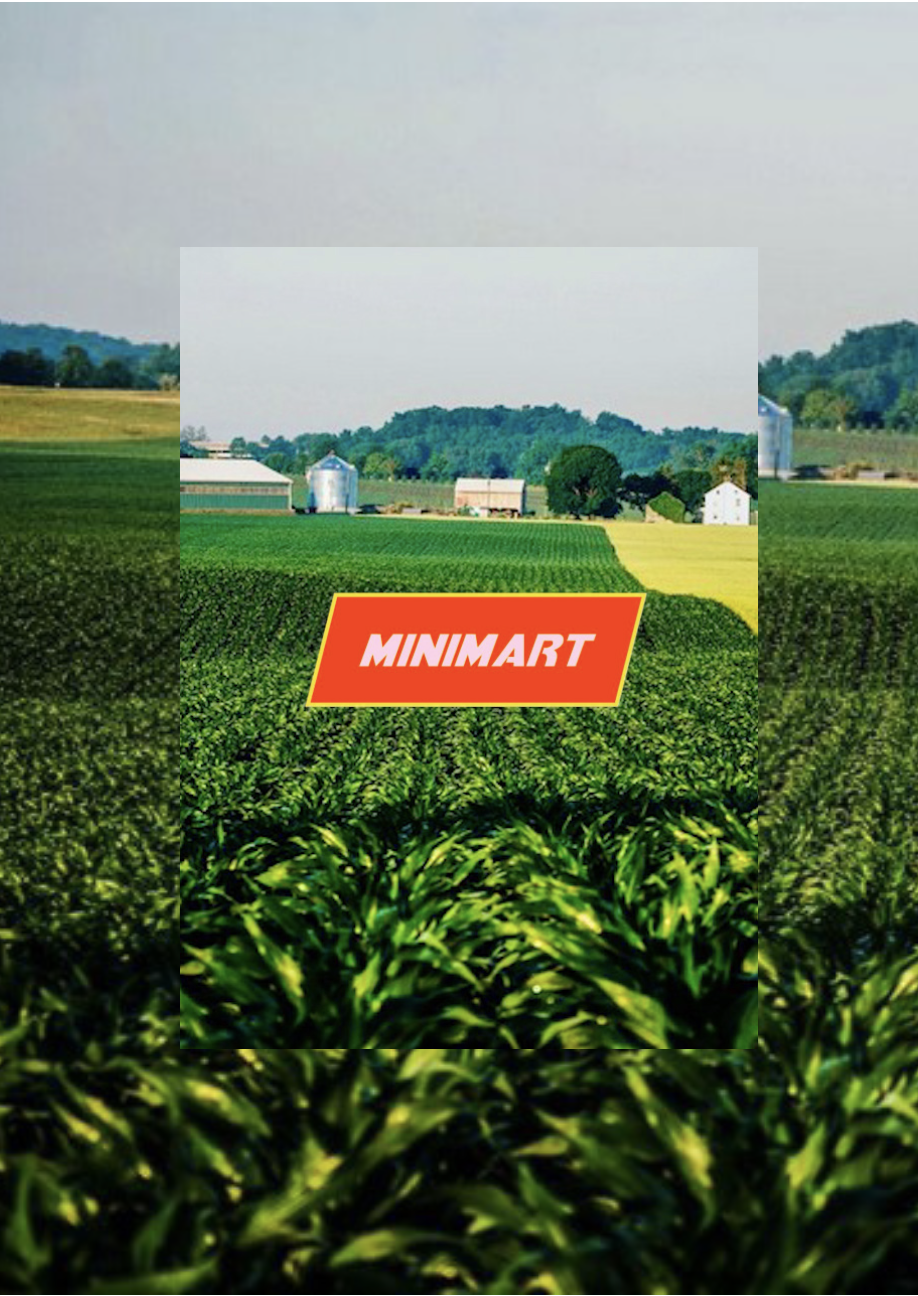

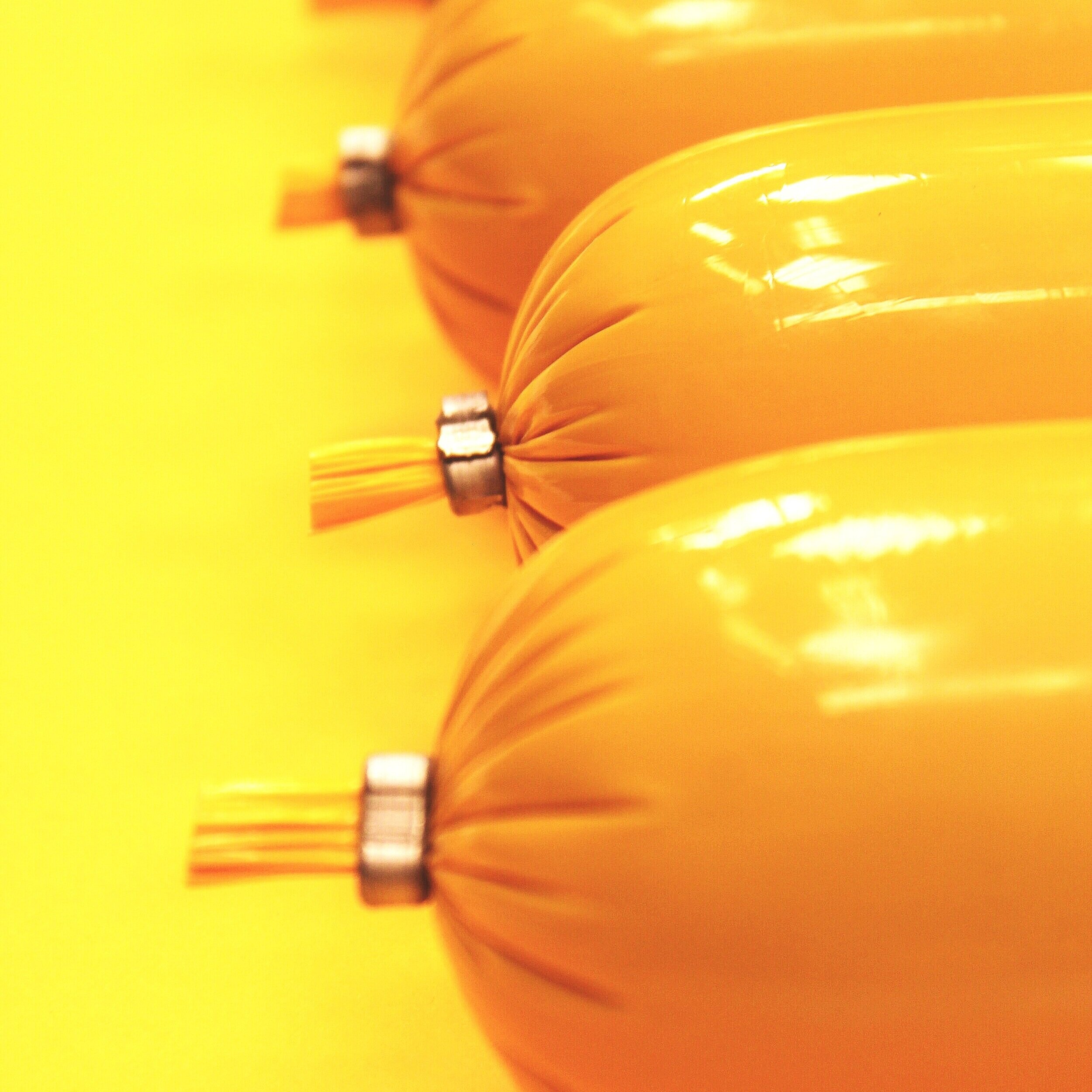
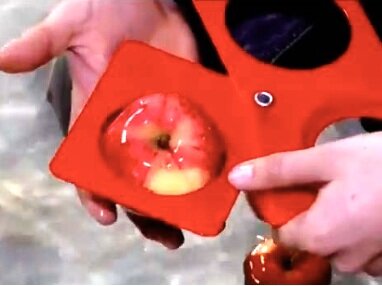
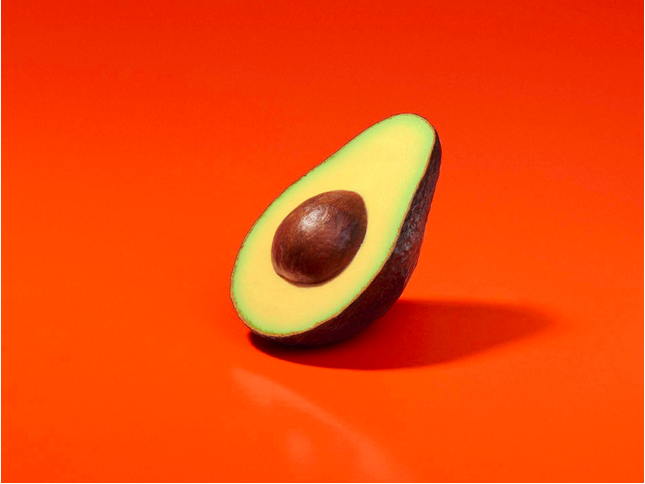
How Can We Change Our Eating Habits to Consume More Sustainably?
Dissertation Concept Video – Awareness Campaign for Alternative Farming
This project visualised the core theme of my dissertation through a one-minute video, created as a concept piece for my tutors. Using footage inspired by Nemo’s Garden—an innovative underwater farming project—I overlaid audio from their Volvo-sponsored campaign to communicate the potential of alternative farming methods.
The video was later shared on Instagram to raise awareness of sustainable food production and to spotlight the need for greater media coverage of emerging agricultural innovations.
The Two Projects Together
My dissertation and video explored sustainable food production and the importance of visibility in changing habits. Minimart builds on this by shifting focus to consumption—examining how design influences our choices. It became a physical response to the same questions, turning research into an experience that challenges how and why we shop.

